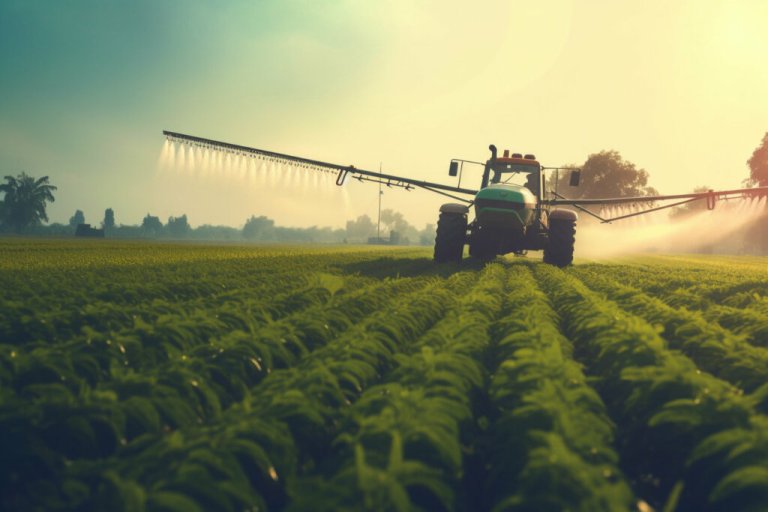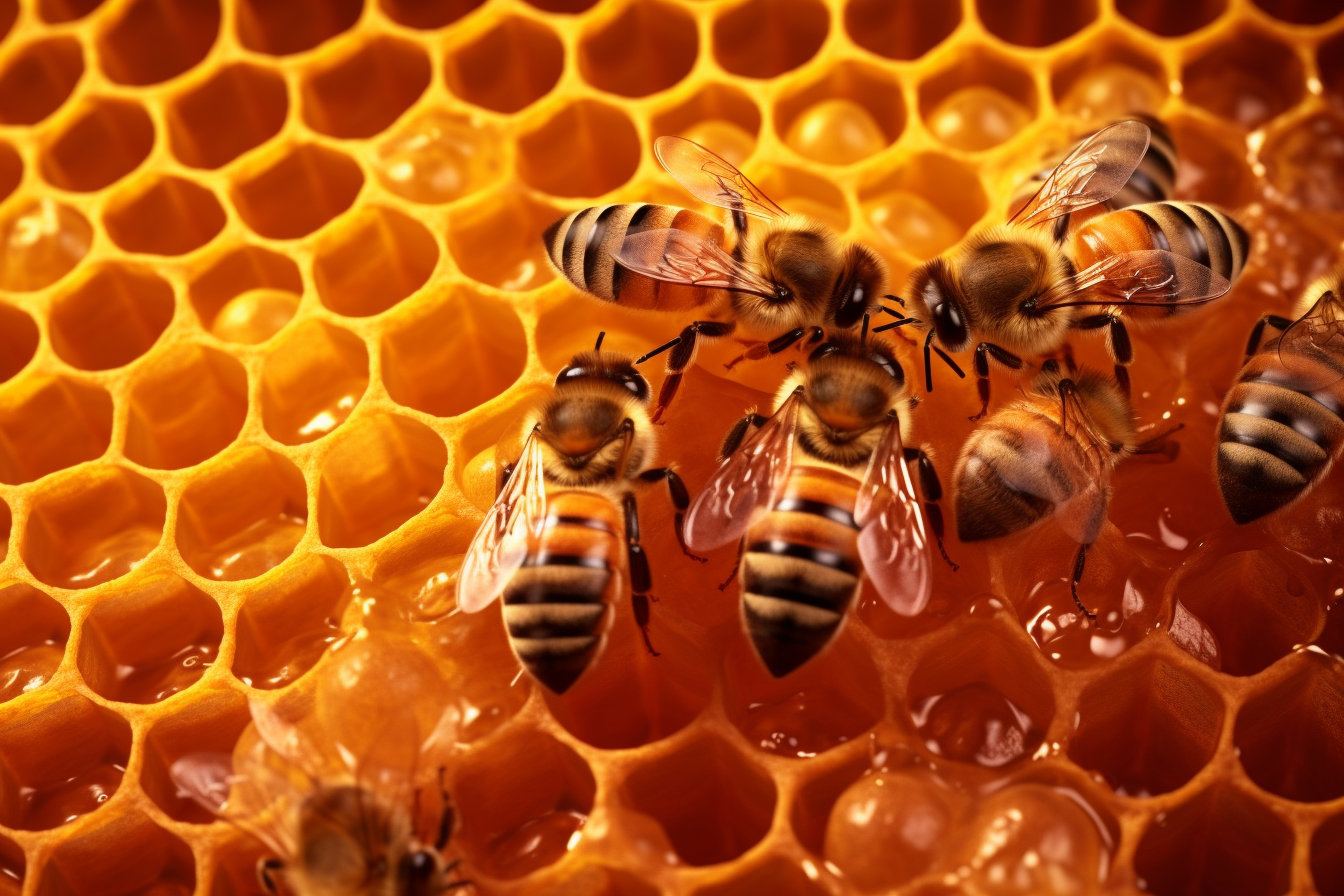Overview of the Importance of Bees
Bees are far more than just honey producers; they are vital pollinators that play a critical role in our ecosystem and food production. With their ability to pollinate a diverse array of plants, they contribute significantly to the biodiversity in our environment. Bees are essential for the pollination of fruits, vegetables, and nuts, as well as for the plants that feed the animals we rely on for meat. In fact, it is estimated that one-third of the food we consume relies on pollination mainly by bees.
Brief Description of the Bee Population Decline Issue
Despite their crucial role, bee populations around the world have seen a troubling decline in recent years. This phenomenon, known as Colony Collapse Disorder (CCD), is characterized by the sudden disappearance of most worker bees in a colony, leaving behind a queen, plenty of food, and a few nurse bees to care for the remaining immature bees. The causes of CCD are still not fully understood, but it’s believed to be a combination of various factors such as disease, habitat loss, and exposure to pesticides.
Purpose of the Article
The purpose of this article is to delve into the fascinating world of bees and their hives, unraveling the mystery of their population dynamics. We will explore the factors that influence bee populations within a hive, the implications of their decline, and the current research and solutions aimed at protecting these vital creatures. Understanding the intricacies of bee populations is not just a matter of scientific curiosity, but a crucial step in ensuring the sustainability of our ecosystem and food supply.
Understanding the Bee Hive
Description of a Bee Hive Structure
A bee hive is a marvel of natural architecture, a complex structure composed of hexagonal cells made from beeswax known as a honeycomb. These cells serve multiple functions, providing spaces for bees to store honey and pollen, and to house their young. There are different types of cells for different purposes: worker cells for the worker bees, drone cells for the drones, and larger, specially-built cells for the queen bee to lay eggs. The hive is often vertically organized, with the uppermost part housing honey, the middle section for pollen storage and brood rearing, and the bottom for more brood rearing.
Roles Within the Bee Hive (Worker Bees, Drones, Queen Bees)
In a typical bee hive, there are three types of bees each with its specific role:
- Worker Bees: These are all female and form the majority of the hive’s population. Their duties are varied and change with their age. They clean the hive, feed the brood, care for the queen, build and repair the honeycomb, guard the hive, and forage for nectar and pollen.
- Drones: These are the male bees, and their primary role is to mate with a virgin queen. Drones are larger than worker bees but smaller than the queen. They do not have stingers and do not participate in nectar and pollen gathering. A drone’s life is short, often only living long enough to fulfill its mating duty.
- Queen Bee: There is usually only one queen bee in a hive. Her primary role is to lay eggs and produce chemical signals that help regulate the unity and behavior of the colony. She is the mother of all the bees in the colony. A healthy queen bee can lay up to 1,500 eggs per day.
Understanding these roles helps illuminate the complex social structure of bee hives and provides a foundation for exploring the factors that influence their populations.
Factors Influencing Bee Population in a Hive
Natural Factors
- Seasonal Changes: Bee populations in a hive fluctuate dramatically with the seasons. During spring and summer, when food resources are plentiful, the population grows. The queen lays more eggs, and the hive can swell to 50,000 to 80,000 bees. As autumn approaches, the population declines. The queen lays fewer eggs, and the hive prepares for winter by expelling drones who consume resources but do not contribute to the hive’s survival through the cold months.
- Predators and Pests: A variety of predators and pests can negatively impact bee populations. This includes other insects like wasps and hornets, mites such as the Varroa destructor, birds, and mammals like bears and badgers. Pests like the hive beetle can infest hives and cause significant damage.
- Availability of Resources (Food and Water): The availability of food (nectar and pollen from flowering plants) and water directly influences the health and size of a bee population. A shortage of these resources can lead to a decline in the population as bees are unable to adequately nourish themselves or their brood.
Human-Induced Factors

- Pesticides and Chemicals: Exposure to certain pesticides and chemicals can have devastating effects on bees, causing disorientation, decreased fertility, and even death. The widespread use of neonicotinoid pesticides, in particular, has been linked to declines in bee populations.
- Habitat Loss: The loss of natural habitats due to urbanization, agriculture, and deforestation has reduced the amount of forage available to bees, leading to nutritional stress and population decline.
- Climate Change: Changes in climate can disrupt the synchrony between bees and the flowering plants they depend on for food. Extreme weather events and shifting temperatures can also pose significant challenges to bee populations.
Understanding these factors is crucial in developing strategies to protect and conserve bee populations, and in turn, safeguard our ecosystems and food supply.
The Impact of a Declining Bee Population
Implications for the Ecosystem
Bees play an irreplaceable role in maintaining biodiversity and the health of ecosystems through pollination. As they travel from flower to flower, they transfer pollen, aiding in the reproduction of many plant species. This not only supports the growth of fruits, nuts, and seeds but also shapes the landscapes and habitats that provide homes and food for other wildlife. A decline in bee populations can disrupt these ecosystems, potentially leading to decreases in the number and diversity of plants and animals.
Implications for Agriculture and Food Production
Agriculture is heavily reliant on bees for pollination. It is estimated that about one-third of the world’s food production depends on bees. This includes most fruits, many vegetables, and crops like canola and almonds. Without bees, our diets would become significantly less diverse and nutritious. Furthermore, reduced pollination would lead to lower crop yields, potentially causing food shortages.
Implications for the Economy
The economic value of bees’ pollination services is enormous. In the United States alone, bees contribute billions of dollars to the economy through their role in agriculture. A decline in bee populations could lead to a decrease in crop production, impacting the livelihoods of farmers and leading to higher food prices. Additionally, the loss of bees could also impact industries such as honey production and beekeeping supply, resulting in job losses and economic instability.
The decline of bees is not just an environmental issue, but a socioeconomic one as well. Understanding the potential consequences can help motivate efforts to protect these vital pollinators.
Current Research and Solutions

Scientific Research into Bee Populations
According to a retrospective study published in Nature, the global honey bee population and its two main products, honey, and beeswax, have shown an overall increase from 1961 to 2017. The number of managed honey bee colonies increased by 85.0%, honey production increased by 181.0%, and beeswax production increased by 116.0%. However, this data is primarily focused on managed bees, specifically Apis mellifera, and may not accurately represent all global bee populations. The study also identified that while the absolute number of managed colonies increased globally, the number per capita declined by 19.9% due to the human population growth outpacing that of managed honey bee colonies. This trend raises concerns about a potential shortfall of pollinators to meet the increasing consumer demand for pollinated crops.
Conservation Efforts and Policies
In the United States, the U.S. Fish and Wildlife Service has awarded more than $778,000 through the Cooperative Endangered Species Conservation Fund to aid imperiled bumble bees. These funds are being used to develop a national conservation plan, in partnership with the University of Illinois-Chicago and the Wisconsin Department of Natural Resources, that aims to secure and maintain habitat for six imperiled bumble bee species across potentially millions of acres of land. The conservation plan is expected to be submitted for approval in 2024 and includes voluntary measures to sustain and expand high-quality habitats that provide diverse foraging and nesting habitat, while also reducing threats posed by habitat degradation, pesticides, diseases, and climate change.
Part of this plan involves the development of Safe Harbor Agreements and Candidate Conservation Agreements with Assurances. These are voluntary agreements involving private or non-federal landowners who contribute to the recovery of endangered or threatened species. Participating landowners receive assurances that they will not be subject to additional regulatory restrictions as a result of their conservation actions. These agreements are intended to benefit several species facing population declines, including the rusty patched bumble bee, Franklin’s bumble bee, the American bumble bee, the variable cuckoo bumble bee, the western bumble bee, and Suckley’s cuckoo bumble bee.
Role of Beekeeping and Sustainable Practices
I was not able to find comprehensive information on the current role of beekeeping and sustainable practices. However, the aforementioned study indicated that the number of managed honey bee colonies, which would involve beekeeping, has increased globally, suggesting an ongoing role for beekeeping in the maintenance of bee populations. Additionally, the conservation efforts mentioned involve the preservation of high-quality habitats that provide diverse foraging and nesting habitat for bees, suggesting the importance of sustainable land management practices in bee conservation.
Conclusion
Recap of the Significance of Bee Populations
Bees play a crucial role in the global ecosystem. As one of the major pollinators, they are essential for the reproduction of a vast number of plant species, many of which are part of the human diet. Their decline could have significant consequences for food security and biodiversity. However, recent global data, mainly focused on managed honey bees, indicates an increase in honey bee populations and their products, honey, and beeswax, from 1961 to 2017. It’s important to note, though, that the global human population growth is outpacing that of managed honey bee colonies, leading to a potential shortfall of pollinators to meet the increasing consumer demand for pollinated crops.
Call to Action for Conservation Efforts
Conservation efforts, such as those led by the U.S. Fish and Wildlife Service, are underway to preserve and restore bee populations, especially those of imperiled bumble bees. These efforts include the development of a nationwide conservation plan and the formation of voluntary agreements with private and non-federal landowners to aid in the recovery of endangered or threatened species.
However, the ongoing growth of the human population and the associated increase in demand for pollinated crops necessitate that these efforts be expanded and that new, innovative conservation strategies be developed. It is also crucial that we invest in further research to better understand global bee populations, including both managed and non-managed species. Everyone can contribute to these efforts, whether it’s through supporting conservation initiatives, adopting bee-friendly practices in our own gardens and communities, or simply raising awareness about the importance of bees.
In the end, the health of bee populations is not just a concern for beekeepers, farmers, or conservationists – it is a global issue that affects us all. As such, it demands our collective attention, understanding, and action.
